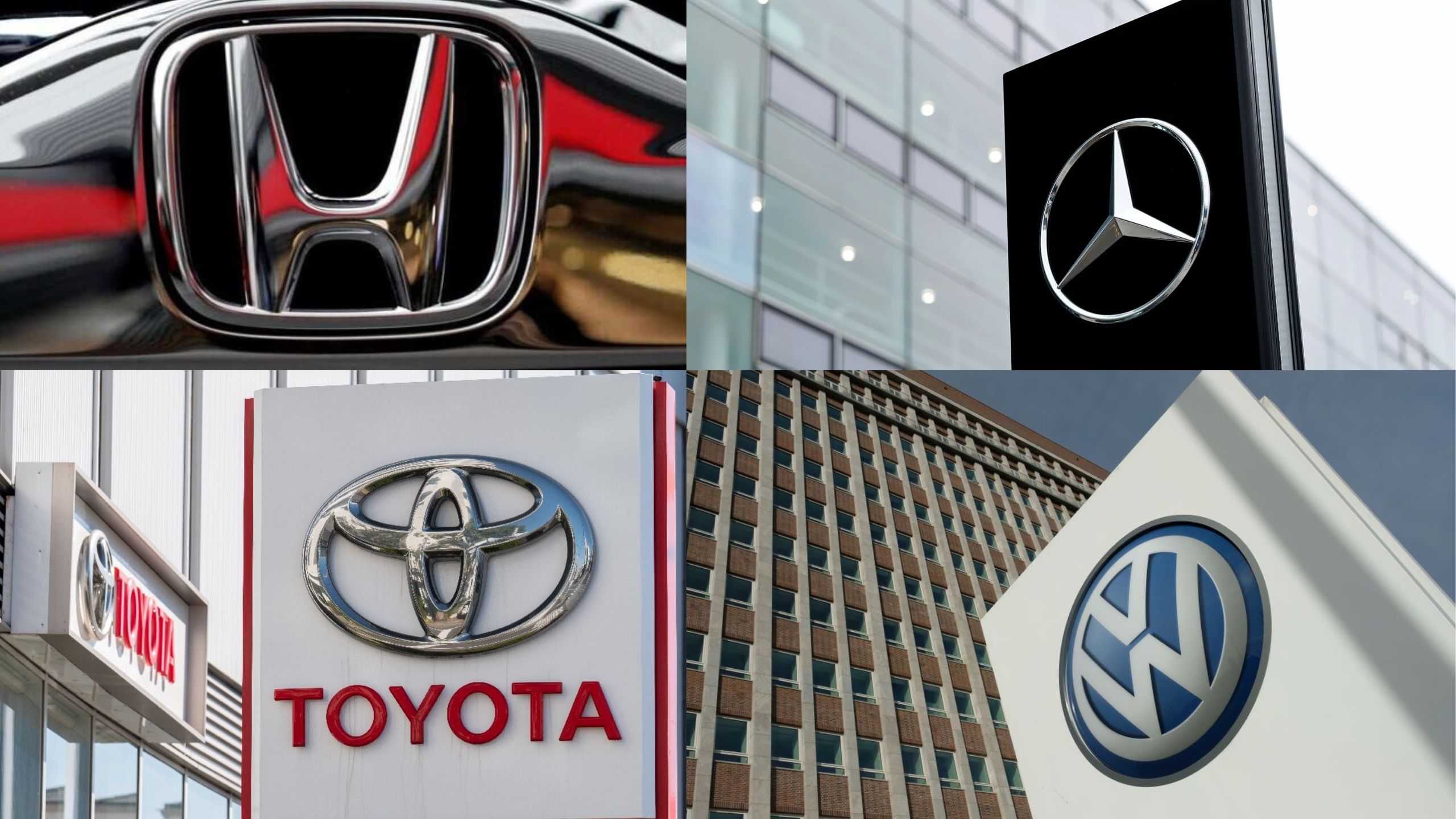The exclusive “million-mile club” represents the pinnacle of automotive durability, vehicles that have surpassed the incredible milestone of one million miles on their original powertrain.
These remarkable automobiles stand as testaments to engineering excellence, proper maintenance, and sometimes a touch of automotive serendipity.
While reaching such astronomical mileage requires exceptional care from dedicated owners, certain manufacturers consistently produce vehicles capable of this extraordinary achievement.
The brands that populate this elite group have earned their reputation through decades of refining their manufacturing processes, emphasizing mechanical simplicity, and prioritizing durability over trendy but untested innovations.
From American workhorses that traverse the continent’s expansive highways to Japanese models renowned for meticulous engineering, these automakers have created vehicles that defy conventional lifespan expectations.
This list explores the ten manufacturers that have produced the greatest number of documented million-mile vehicles, examining the specific models, engineering philosophies, and unique characteristics that have enabled these brands to achieve automotive immortality.
1. Toyota
Toyota’s dominance in the million-mile club comes as little surprise to automotive enthusiasts. The Japanese manufacturer has built its global reputation on the twin pillars of reliability and durability, with a corporate philosophy that prioritizes continuous improvement or “kaizen” across all aspects of vehicle design and production.
The Land Cruiser stands as Toyota’s most frequent million-mile achiever, with numerous documented examples surpassing this milestone in commercial service across Australia’s Outback, Africa’s challenging terrain, and the Middle East’s harsh deserts.
Its overbuilt components, simple mechanical design, and exceptional cooling systems enable it to withstand punishing conditions year after year.
The Hilux pickup similarly demonstrates Toyota’s engineering prowess, famously surviving attempts to destroy it on the television show “Top Gear” and serving reliably in some of the world’s most demanding environments. Its robust frame construction and mechanical simplicity contribute significantly to its longevity.
Perhaps most impressively, Toyota’s passenger cars regularly join the million-mile ranks. Multiple Camry sedans have documented million-mile achievements, including a 2007 model owned by a Louisiana courier service that reached this benchmark in just under nine years of continuous operation.
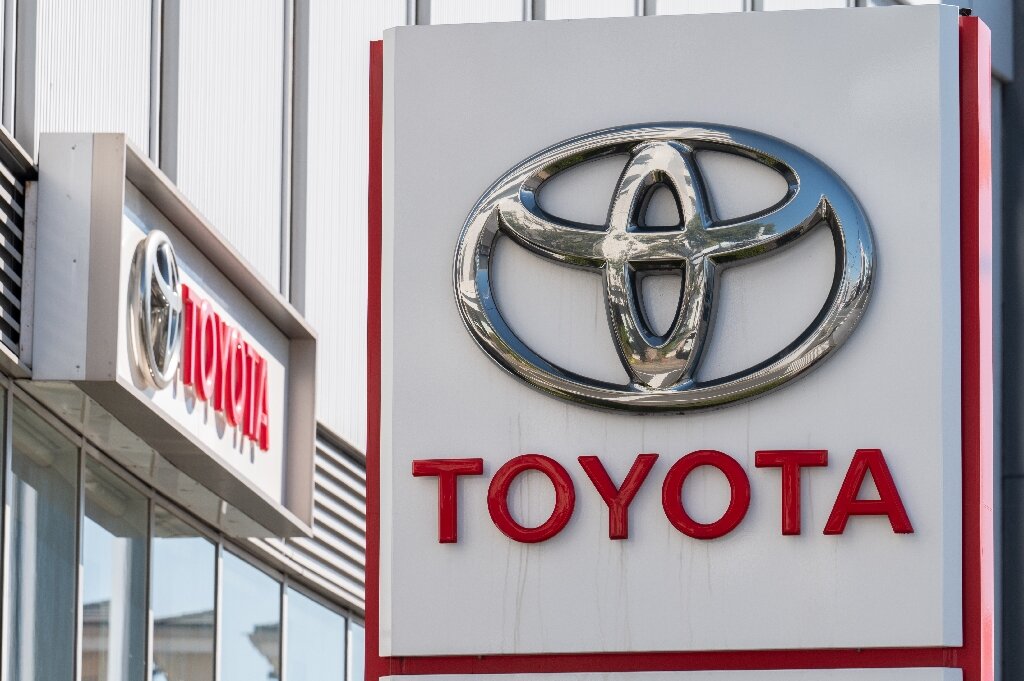
The Corolla, with its straightforward engineering and easily maintainable components, has numerous examples in taxi fleets worldwide that have surpassed seven-figure mileage.
Toyota’s engineering philosophy emphasizes conservative design choices, extensive testing, and components rated well beyond their expected operational demands.
Their engines typically operate at lower stress levels than competitors, with cooling systems designed for extreme conditions and transmissions built with additional capacity margins.
This approach occasionally delays Toyota’s adoption of cutting-edge technologies until thoroughly proven, but results in vehicles that consistently outlast competitors.
The company’s manufacturing precision also contributes significantly to longevity, with industry-leading quality control standards and assembly techniques that ensure components begin their service life with optimal alignment and integration.
This attention to detail pays dividends decades later when vehicles continue operating reliably long after others have been retired.
2. Mercedes-Benz
Mercedes-Benz holds a distinguished position in the million-mile club, with numerous high-mileage examples continuing to operate decades after their production.
The German luxury manufacturer’s reputation for engineering excellence translates directly into exceptional longevity across its model range, particularly among its diesel offerings.
The flagship of Mercedes’ million-mile achievements remains the W123 series produced from 1976 to 1985, with the 240D and 300D models frequently reaching astronomical mileages.
Greek taxi driver Gregorios Sachinidis famously accumulated over 2.8 million miles in his 1976 240D before Mercedes-Benz acquired the vehicle for their museum collection.
These models feature exceptionally durable OM616 and OM617 diesel engines, mechanical fuel injection systems resistant to age-related deterioration, and overbuilt transmissions designed for commercial service.
Beyond the legendary W123, Mercedes’ E-Class lineage consistently produces high-mileage examples, with documented million-mile achievers across multiple generations.
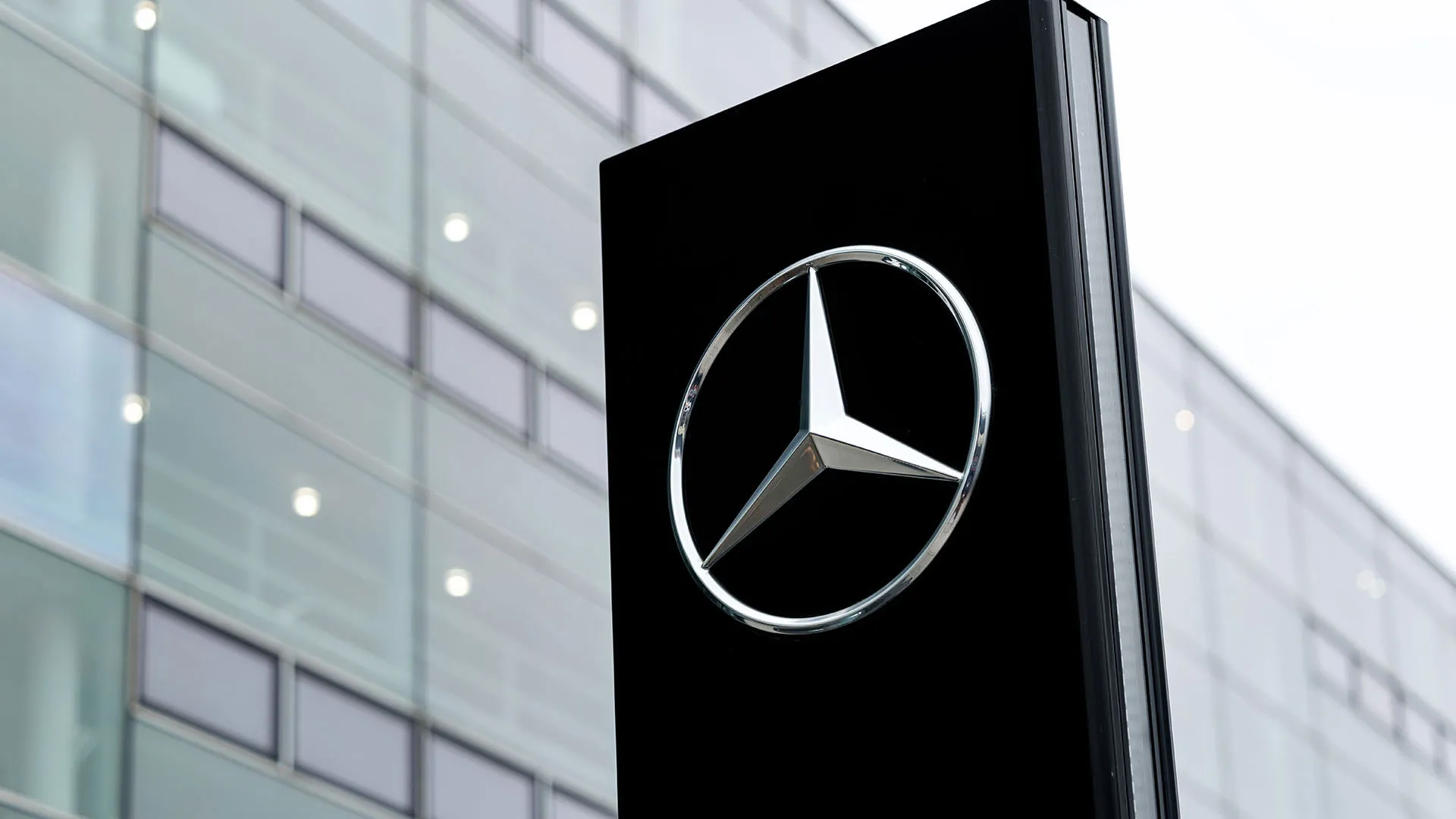
The longevity extends to the brand’s commercial vehicles, with numerous Sprinter vans in courier and delivery service exceeding one million miles, particularly when equipped with diesel powertrains.
Mercedes-Benz achieves this durability through several key engineering approaches. The company historically overbuilds critical components, designing parts to operate significantly below their maximum stress threshold during normal operation.
This conservative engineering approach provides substantial headroom for occasional abuse and aging. Their vehicles typically feature robust cooling systems sized for extreme conditions, preventing the temperature-related deterioration that often limits engine lifespan.
Additionally, Mercedes pioneered advanced metallurgical techniques in automotive applications, utilizing specialized alloys for engine blocks and cylinder heads that maintain dimensional stability and wear resistance over decades of operation.
Their early adoption of fully electronic engine management systems in production vehicles also contributed to longevity by optimizing combustion parameters and preventing damaging operating conditions.
Perhaps most critically, Mercedes-Benz vehicles have traditionally featured exceptional serviceability with clearly documented maintenance procedures and accessible components.
This characteristic encourages preventative maintenance and allows problems to be addressed before cascade failures occur, significantly extending useful service life when properly maintained.
3. Volvo
Volvo’s prominent position among automakers with million-mile achievers reflects the Swedish manufacturer’s unwavering commitment to durability as a cornerstone of its brand identity.
Long before safety became Volvo’s primary marketing focus, the company built its reputation on producing vehicles capable of withstanding Scandinavia’s harsh climate and challenging road conditions for decades.
The P1800 coupe unexpectedly became Volvo’s most famous million-mile vehicle when New Yorker Irv Gordon’s 1966 model officially surpassed three million miles in 2013, earning recognition from Guinness World Records as the highest-mileage non-commercial vehicle ever documented.
Gordon’s meticulous maintenance regimen, combined with the P1800’s robust B18/B20 engine design featuring five main bearings when competitors used three, created this remarkable longevity story.
Among Volvo’s contemporary lineup, the 240 series produced from 1974 to 1993 generated numerous million-mile examples, particularly those equipped with the redblock engine family.
These inline-four and inline-six engines feature exceptional bottom-end strength, with overbuilt crankshafts, connecting rods, and bearing journals that withstand decades of operation.
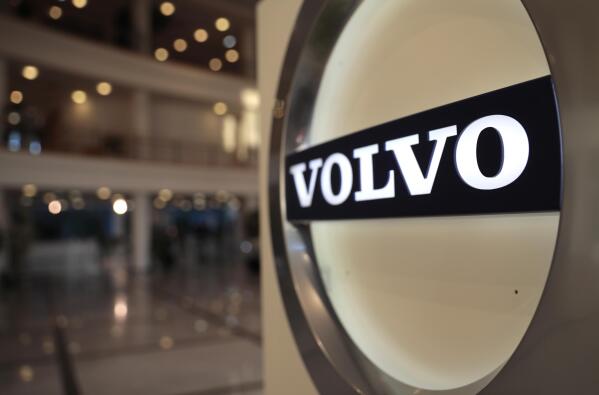
The 240’s simple rear-wheel-drive architecture, readily serviceable components, and abundant parts availability have allowed many examples to remain in daily service for 40+ years.
The 700/900 series continued Volvo’s million-mile tradition, with multiple documented examples surpassing the milestone, including several 740 wagons used in airport shuttle service.
Even Volvo’s more modern front-wheel-drive platforms regularly achieve extraordinary mileage, with multiple S70 and V70 models documented beyond 500,000 miles and several approaching the million-mile mark in commercial service.
Volvo’s engineering philosophy contributes significantly to this longevity. The company historically prioritized structural rigidity in vehicle design, creating chassis systems that maintain proper alignment and component relationships despite years of operation over imperfect road surfaces.
Their powertrains typically feature conservative tuning, operating well below maximum stress thresholds during normal driving conditions, which substantially extends component lifespan.
Volvo’s traditional emphasis on serviceability also supports longevity, with logical component layout, accessible fasteners, and comprehensive service documentation.
The company’s pioneering implementation of service interval indicators and maintenance reminder systems encouraged owners to perform timely preventative maintenance, helping vehicles reach exceptional mileages through consistent care rather than heroic repairs.
4. Honda
Honda’s impressive representation in the million-mile club stems from the Japanese manufacturer’s unique engineering philosophy that emphasizes mechanical efficiency, precision manufacturing, and innovative design solutions.
While sometimes overshadowed by Toyota in reliability discussions, Honda has produced numerous vehicles documented beyond the million-mile threshold.
The Accord stands as Honda’s most prolific million-mile achiever, with multiple examples surpassing this milestone across several generations. Maine resident Joe LoCicero famously drove his 1990 Accord sedan beyond one million miles, prompting Honda to celebrate with a parade and commemorative ceremony in 2011.
The fourth and fifth-generation Accords (1989-1997) feature particularly robust F22 and F23 four-cylinder engines with timing belts that, when properly maintained, allow these powerplants to operate reliably for extraordinary distances.
Honda’s Civic has similarly produced numerous high-mileage examples, with documented million-mile achievements particularly among sixth-generation (1996-2000) models.
The Civic’s reputation for efficiency often overshadows its exceptional durability, but the combination of lightweight construction, mechanical simplicity, and precision manufacturing creates vehicles capable of extraordinary service lives.
What distinguishes Honda’s approach to longevity is its engineering emphasis on reduced friction, precise tolerances, and innovative solutions to traditional mechanical challenges.

While some manufacturers achieve durability through overbuilding components, Honda typically creates longevity through mechanical efficiency, reducing the stresses components experience during operation through superior design rather than simply using more material.
Honda’s engines exemplify this philosophy with several signature technologies. Their VTEC (Variable Valve Timing and Lift Electronic Control) system allows engines to optimize performance across different operating conditions without the compromises typically required in fixed-valve designs.
This reduces the stresses experienced during everyday operation while maintaining performance capabilities. Similarly, Honda pioneered precision manufacturing techniques that create exceptionally consistent engines with minimal variation between examples, ensuring each vehicle leaves the factory with optimal internal component relationships.
The company’s attention to thermal management also contributes significantly to longevity. Honda engines typically feature sophisticated cooling systems with precise flow control, preventing the localized hot spots that often contribute to long-term engine degradation.
Their transmissions, particularly manual units, benefit from careful engineering of synchronizers and shift mechanisms that maintain smooth operation despite hundreds of thousands of gear changes.
Honda’s dedication to lightweight, efficient design creates vehicles that place less stress on components through everyday operation, allowing parts to last substantially longer than in heavier, less efficient competitors.
Also Read: 10 Vehicles for People Who Hate Going to the Mechanic
5. Ford
Ford Motor Company’s significant contribution to the million-mile club reflects the American manufacturer’s century-long focus on producing durable vehicles for working Americans.
With its broad product range spanning commercial trucks to family sedans, Ford has numerous documented vehicles achieving seven-figure mileage across multiple vehicle categories.
The F-Series trucks represent Ford’s most prolific million-mile achievers, with numerous documented examples surpassing this milestone in commercial and personal use.
The eighth-generation (1987-1991) and ninth-generation (1992-1996) F-Series pickups equipped with the 7.3L International Harvester IDI diesel and the later 7.3L Power Stroke diesel engines have produced exceptional longevity stories.
Louisiana oil field worker Vic Danza’s 1997 F-250 surpassed 1.3 million miles before being retired, while still operating on its original powertrain with standard maintenance.
Ford’s commercial vehicles similarly demonstrate remarkable durability, with E-Series vans frequently reaching extraordinary mileages in delivery and shuttle service.
The simplicity of their design, straightforward maintenance requirements, and robust drivetrain components allow these workhorses to accumulate massive mileage with minimal downtime.
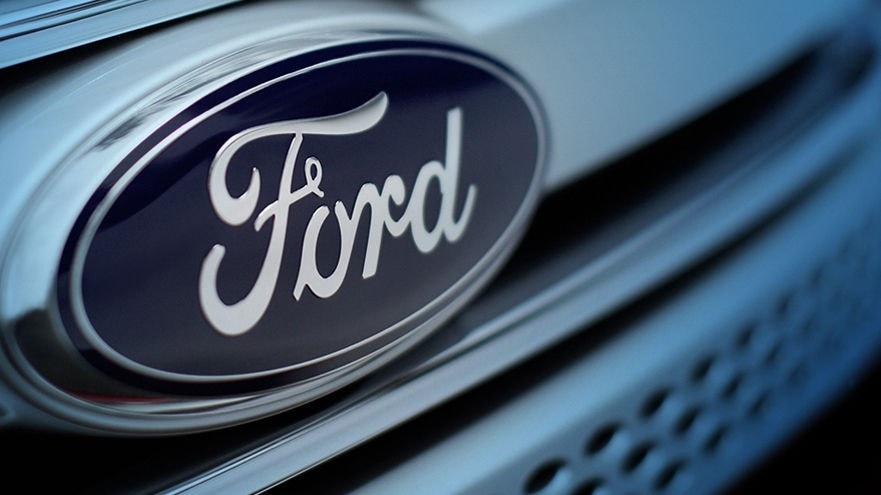
Among passenger vehicles, the Crown Victoria platform (including Police Interceptor and taxi variants) consistently achieved exceptional mileage. The combination of body-on-frame construction, the nearly bulletproof 4.6L Modular V8 engine, and simple rear-wheel-drive architecture created vehicles capable of withstanding punishing service conditions.
Numerous documented examples have exceeded one million miles in taxi and police service, with some continuing operation beyond 1.5 million miles. Ford’s approach to durability differs somewhat from imported manufacturers, traditionally focusing on robust simplicity rather than precision engineering.
Their V8 engines typically feature substantial bottom-end strength with deep-skirted blocks, cross-bolted main bearings, and generous oil capacity. This overbuilt approach creates power plants that withstand decades of operation despite less precise tolerances than some competitors employ.
The company’s extensive real-world testing program contributes significantly to vehicle longevity. Ford subjects vehicles to punishing durability testing at facilities like the Michigan Proving Grounds, replicating years of wear in compressed timeframes to identify and address potential failure points before production.
This process identifies weaknesses that theoretical engineering might miss, resulting in vehicles better prepared for long-term service.
Ford’s vertical integration also supports component longevity through coordinated development. By controlling the design and manufacturing of engines, transmissions, and chassis components in-house, Ford ensures these systems work harmoniously rather than representing compromised adaptations of components designed for different applications.
6. Chevrolet
Chevrolet’s strong presence in the million-mile club stems from General Motors’ longtime focus on creating durable, serviceable vehicles for the American market. With its century-long history and extensive product lineup, Chevrolet has produced numerous vehicles documented beyond the million-mile threshold across several vehicle categories.
The Silverado/C/K pickup truck lineage represents Chevrolet’s most prolific million-mile achievers. The GMT400 platform trucks (1988-1998) equipped with the legendary 5.7L small-block V8 or the 6.5L Detroit diesel have frequently reached astronomical mileages in commercial service.
These trucks benefit from a robust full-frame design, straightforward suspension systems resistant to age-related degradation, and powertrains deliberately underrated for their capabilities.
Wisconsin contractor Peter Gilbert’s 1989 C1500 pickup documented 1.2 million miles before being donated to a transportation museum, still running on its original engine and transmission.
Chevrolet’s full-size vans, particularly the Express series and earlier G-series models, consistently achieve extraordinary mileage in commercial applications.
The mechanical commonality with their pickup truck siblings provides similar durability benefits, with numerous documented examples exceeding one million miles in delivery, utility, and passenger shuttle service.
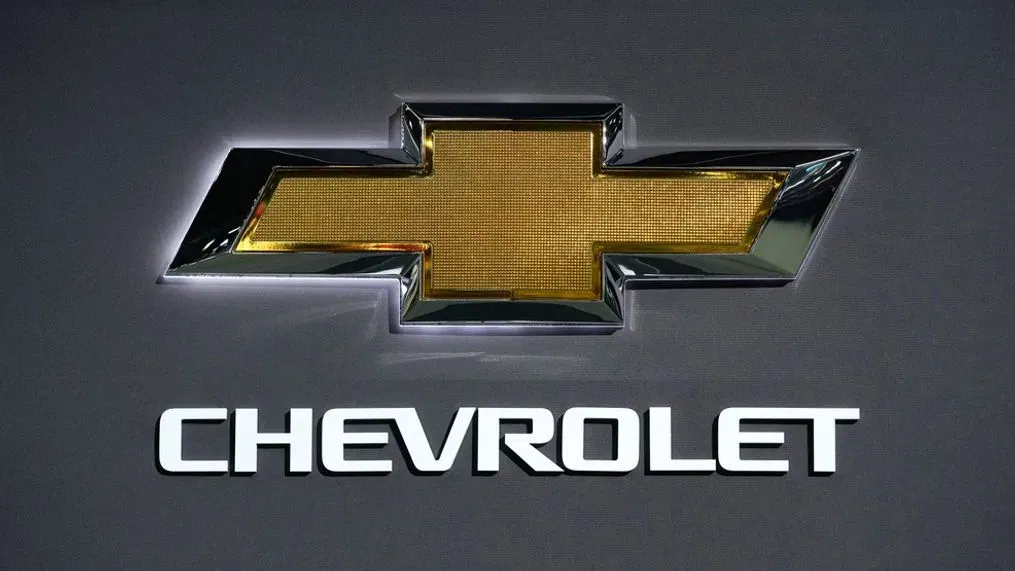
Among passenger vehicles, the Suburban stands as Chevrolet’s durability flagship. This full-size SUV combines truck-based mechanical components with passenger vehicle amenities, creating vehicles capable of extraordinary service lives. Multiple Suburbans have been documented beyond the million-mile threshold, including several used in intercity shuttle service in the American Southwest.
Chevrolet’s approach to longevity centers on evolutionary refinement rather than revolutionary changes. The small-block V8 engine family exemplifies this philosophy, with fundamental design elements remaining consistent for decades while incorporating incremental improvements.
This approach creates exceptionally mature designs with well-understood maintenance requirements and failure modes that can be effectively addressed through preventative maintenance.
The brand’s traditional emphasis on serviceability also supports vehicles reaching extreme mileages. Chevrolet vehicles typically feature accessible components, straightforward repair procedures, and abundant aftermarket support.
This characteristic enables vehicles to receive timely maintenance and repairs throughout their extended service lives, preventing the cascade failures that often retire otherwise serviceable vehicles.
Chevrolet’s historical focus on mechanical simplicity, particularly in its truck lineup, contributes significantly to exceptional longevity.
By emphasizing proven technologies and robust engineering over cutting-edge systems, Chevrolet created vehicles with fewer potential failure points and greater tolerance for varied maintenance quality over decades of operation.
7. Volkswagen
Volkswagen’s significant presence in the million-mile club reflects the German manufacturer’s engineering philosophy, emphasizing durability, serviceability, and consistent evolution. While not typically marketed for extreme longevity, VW vehicles have repeatedly demonstrated exceptional durability across multiple model lines and generations.
The TDI diesel engines represent Volkswagen’s most prolific contributors to the million-mile club. These robust turbocharged direct-injection diesel powerplants combine remarkable efficiency with exceptional durability, particularly in the ALH and BEW engine codes.
Wisconsin photographer Ron Lantz famously accumulated over 1.2 million miles in his 1998 Jetta TDI while maintaining detailed service records documenting the vehicle’s journey. The engine’s cast iron block, forged steel crankshaft, and relatively moderate power output create a powertrain capable of extraordinary service life when properly maintained.
Beyond the TDI models, Volkswagen’s air-cooled heritage produced numerous high-mileage examples. The original Beetle, with its mechanically simple air-cooled flat-four engine and robust platform chassis, generated several documented million-mile examples during its lengthy production run.
The engine’s design emphasis on thermal stability, with individually cast iron cylinders and generous cooling fins, allowed these powerplants to operate reliably for decades despite their modest displacement.
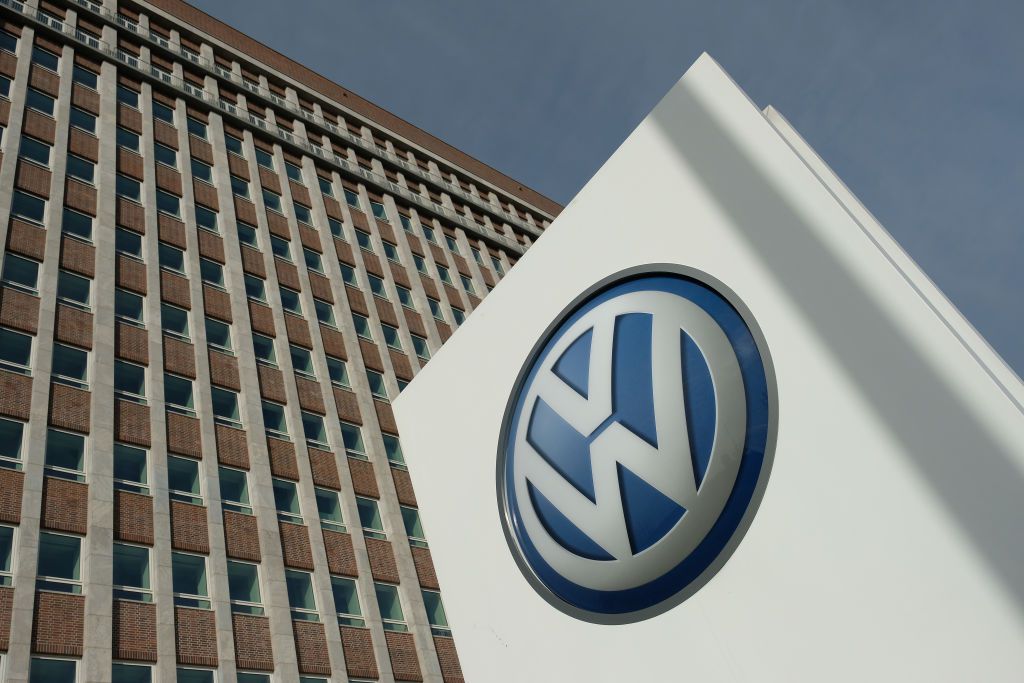
More recently, the B5-generation Passat (1996-2005) established itself as a million-mile capable platform, particularly when equipped with the 1.8T gasoline engine or TDI diesel options.
These vehicles combine the durability benefits of German engineering with remarkably accessible service points, allowing conscientious owners to maintain them effectively through decades of operation.
Volkswagen achieves this longevity through several key engineering approaches. The company traditionally designs components with substantial engineering margins, creating systems capable of absorbing abuse and varied maintenance quality.
Their transmissions typically feature robust synchronizers and shift mechanisms that maintain precise operation despite hundreds of thousands of gear changes.
The manufacturer’s emphasis on consistent evolutionary development also contributes significantly to longevity. By refining fundamental designs over multiple generations rather than pursuing revolutionary changes, Volkswagen creates mature engineering solutions with well-understood service requirements and long-term behavior.
This approach occasionally delays the adoption of cutting-edge technologies but results in exceptionally reliable vehicles. Volkswagen’s global manufacturing footprint has historically demanded designs capable of withstanding diverse operating conditions and maintenance practices.
Vehicles developed for both developed markets and emerging economies must accommodate varied fuel quality, service expertise, and operating environments.
This requirement drives an engineering philosophy that emphasizes fundamental durability across all model lines, creating platforms capable of extraordinary service lives when properly maintained.
8. Lexus
Lexus’s impressive representation in the million-mile club reflects the luxury division’s inheritance of Toyota’s legendary reliability, combined with additional engineering refinements and superior materials.
Though younger than many brands on this list, having launched in 1989, Lexus has quickly established itself as a producer of extraordinarily long-lasting luxury vehicles.
The LS sedan stands as Lexus’s most frequent million-mile achiever, with multiple first-generation (1989-1994) and second-generation (1994-2000) examples documented beyond this threshold.
California automotive journalist Matt Farah’s 1996 LS400 famously surpassed one million miles while being passed between multiple owners who documented its journey on social media.
The LS’s 1UZ-FE V8 engine features exceptional engineering characteristics that contribute to its longevity, including an over-square design that reduces piston speed and wear, six-bolt main bearing caps that maintain perfect crankshaft alignment, and a timing belt system that, while requiring periodic replacement, reduces parasitic losses compared to timing chains.
Beyond the flagship LS, Lexus’s ES sedan has produced numerous high-mileage examples, particularly the third-generation (1996-2001) and fourth-generation (2001-2006) models.
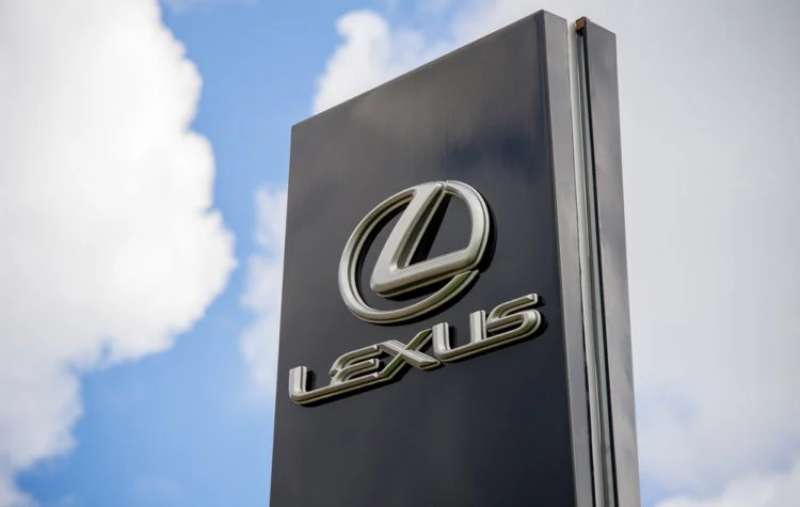
These vehicles combine Toyota Camry mechanical components with upgraded materials and more precise assembly tolerances, creating remarkably durable luxury vehicles. Several ES300 models in executive car service have documented mileages exceeding 700,000 miles, with at least two surpassing the million-mile threshold.
The LX SUV series similarly demonstrates extraordinary longevity, sharing its fundamental architecture with the Toyota Land Cruiser but featuring additional refinement.
Multiple LX470 models have been documented beyond 750,000 miles in private ownership, with at least one exceeding one million miles in executive shuttle service in the American Southwest.
Lexus achieves this exceptional durability through several distinctive approaches to luxury vehicle engineering. Unlike some competitors who prioritize cutting-edge technology, Lexus historically emphasized proven mechanical solutions executed with extraordinary precision.
Their engines typically operate at lower stress levels than European competitors, with power outputs deliberately kept conservative relative to displacement and structural capabilities.
The brand’s manufacturing excellence contributes significantly to vehicle longevity. Lexus pioneered extraordinary quality control standards in luxury vehicle production, with specialized assembly techniques, enhanced component matching, and multi-stage inspection processes.
These practices ensure vehicles begin their service lives with optimal mechanical relationships, preventing the accelerated wear that often results from manufacturing variations.
Lexus’s design philosophy, emphasizing serviceability, also supports longevity. Despite their luxury positioning, these vehicles feature logical component layouts, accessible service points, and comprehensive maintenance documentation that encourage preventative care throughout their extended lifecycles.
9. Subaru
Subaru’s notable presence in the million-mile club might surprise casual observers, but it reflects the Japanese manufacturer’s engineering emphasis on durability, all-weather capability, and mechanical resilience.
Despite a relatively small global market share, Subaru has produced numerous vehicles documented beyond extraordinary mileage thresholds. The Legacy stands as Subaru’s most prolific million-mile achiever, with multiple examples surpassing this milestone in both sedan and wagon configurations.
Utah courier driver Deloy Oberlin famously accumulated over 1.5 million miles in his 1990 Legacy sedan, maintaining detailed service records throughout the vehicle’s extraordinary journey.
The second-generation Legacy (1993-1999) proves particularly durable when equipped with the naturally aspirated EJ22 flat-four engine, which features exceptional bottom-end strength, moderate power output, and simplified systems compared to turbocharged variants.
Subaru’s Outback, essentially a Legacy wagon with increased ground clearance and rugged styling, similarly demonstrates remarkable longevity. Multiple examples have been documented beyond 500,000 miles, with several surpassing the million-mile threshold in commercial and private use.
The vehicle’s combination of car-like road manners with light off-road capability creates a versatile platform that owners tend to keep for extraordinary service periods.
The Forester compact SUV has also generated several verified high-mileage examples, particularly the first-generation (1997-2002) and second-generation (2002-2008) models.
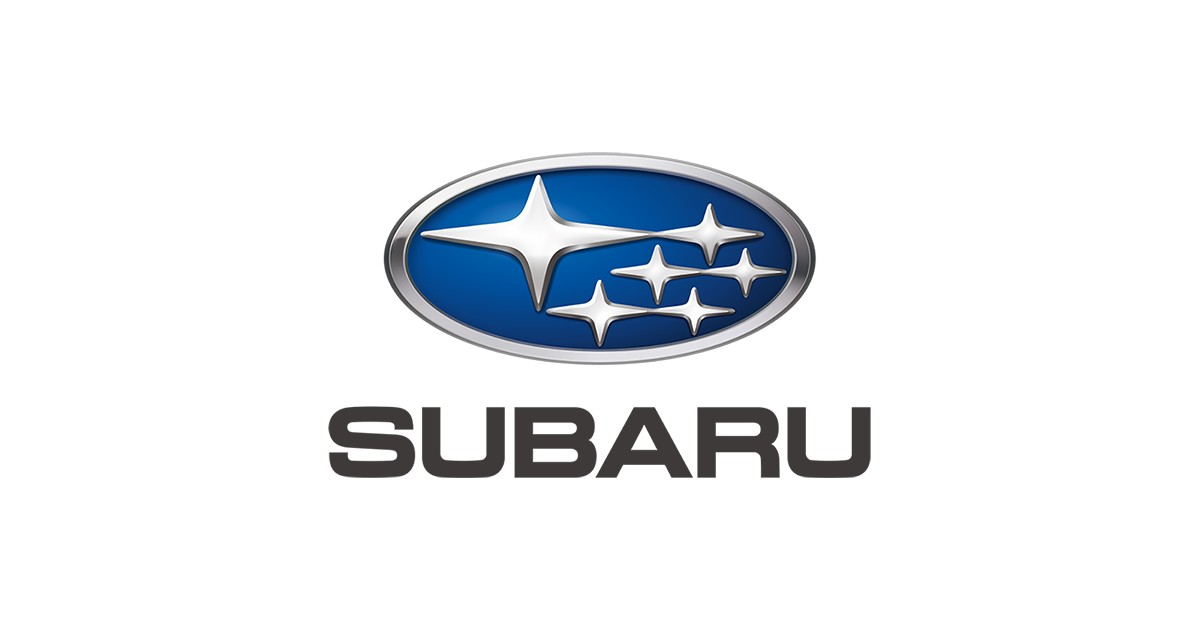
These vehicles combine the durability benefits of Subaru’s flat-four engines and symmetrical all-wheel-drive system with exceptional visibility and practical packaging that encourages owners to accumulate extraordinary mileage rather than replacing aging vehicles.
Subaru achieves this longevity through several distinctive engineering approaches. Their signature horizontally-opposed “boxer” engine configuration offers inherent durability advantages, including naturally balanced primary forces that reduce vibration-related wear, a lower center of gravity that reduces chassis stress, and a compact design that integrates efficiently with their all-wheel-drive system.
The company’s historical emphasis on mechanical symmetry also contributes to component longevity. Subaru’s symmetrical all-wheel-drive system features equal-length driveshafts and balanced power distribution that minimize the uneven stresses many AWD systems experience.
This approach reduces differential and transmission wear over hundreds of thousands of miles of operation. Subaru’s traditional focus on engineering for extreme weather conditions further enhances vehicle durability.
Systems designed to operate reliably in subzero temperatures typically feature more robust electrical components, enhanced corrosion protection, and superior thermal management. These characteristics, originally intended for reliable cold-weather operation, create vehicles capable of extraordinary service lives across various climates.
The brand’s relatively conservative approach to technological adoption also supports longevity, with Subaru typically implementing proven technologies rather than cutting-edge systems still undergoing real-world validation.
10. Dodge/Ram
Dodge and its Ram truck division have established a significant presence in the million-mile club through vehicles designed for American work environments and driving conditions.
While the brand has undergone various corporate repositionings over the decades, its core engineering philosophy, emphasizing robust powertrains and straightforward serviceability, has created numerous vehicles documented beyond extraordinary mileage thresholds.
Ram trucks (previously badged as Dodge) represent the brand’s most prolific million-mile achievers, particularly when equipped with Cummins diesel engines.
The second-generation Ram trucks (1994-2002) with the 5.9L Cummins inline-six diesel have produced numerous documented million-mile examples in commercial service.
Louisiana oil field worker Herbert Farris accumulated over 1.6 million miles in his 1996 Ram 2500 Cummins, eventually donating the vehicle to Chrysler for engineering analysis.
These trucks combine a robust frame design, simple solid-axle suspension systems, and the legendary Cummins B-series diesel an engine originally designed for medium-duty commercial applications that operates well below its structural limits in pickup truck applications.

Beyond diesel trucks, Dodge’s vans have demonstrated remarkable longevity in commercial service. The B-Series vans, particularly when equipped with the 5.9L Magnum V8 or 5.9L Cummins diesel, regularly achieved extraordinary mileage in delivery and shuttle applications.
Their simple body-on-frame construction, straightforward suspension systems, and accessibility for maintenance created vehicles ideally suited for accumulating massive mileage in commercial fleets.
Among passenger vehicles, the Dodge Caravan/Grand Caravan minivan surprisingly produced several documented high-mileage examples.
The second-generation (1991-1995) and third-generation (1996-2000) models equipped with the 3.3L V6 engine have multiple documented examples surpassing 500,000 miles, with at least two exceeding the million-mile threshold in taxi and shuttle service.
Dodge achieves this longevity through several distinctive engineering approaches. Their truck platforms traditionally emphasize robust simplicity over technological sophistication, creating vehicles with fewer potential failure points and greater tolerance for varied maintenance quality.
These designs typically feature substantial structural margins, with frames, suspension components, and drivetrain elements capable of absorbing significant abuse without premature failure.
The brand’s long-standing relationship with Cummins contributes significantly to its million-mile achievements. By partnering with an established commercial engine manufacturer, Dodge gained access to powerplants designed for duty cycles far more demanding than typical pickup truck applications.
These engines feature massive structural strength, simplified fuel and air management systems, and maintenance intervals calibrated for commercial operation.
Dodge’s traditional emphasis on serviceability also supports vehicles reaching extreme mileages. Their trucks and vans typically feature accessible components, straightforward repair procedures, and logical diagnostic progressions that enable effective maintenance throughout extended service lives.

